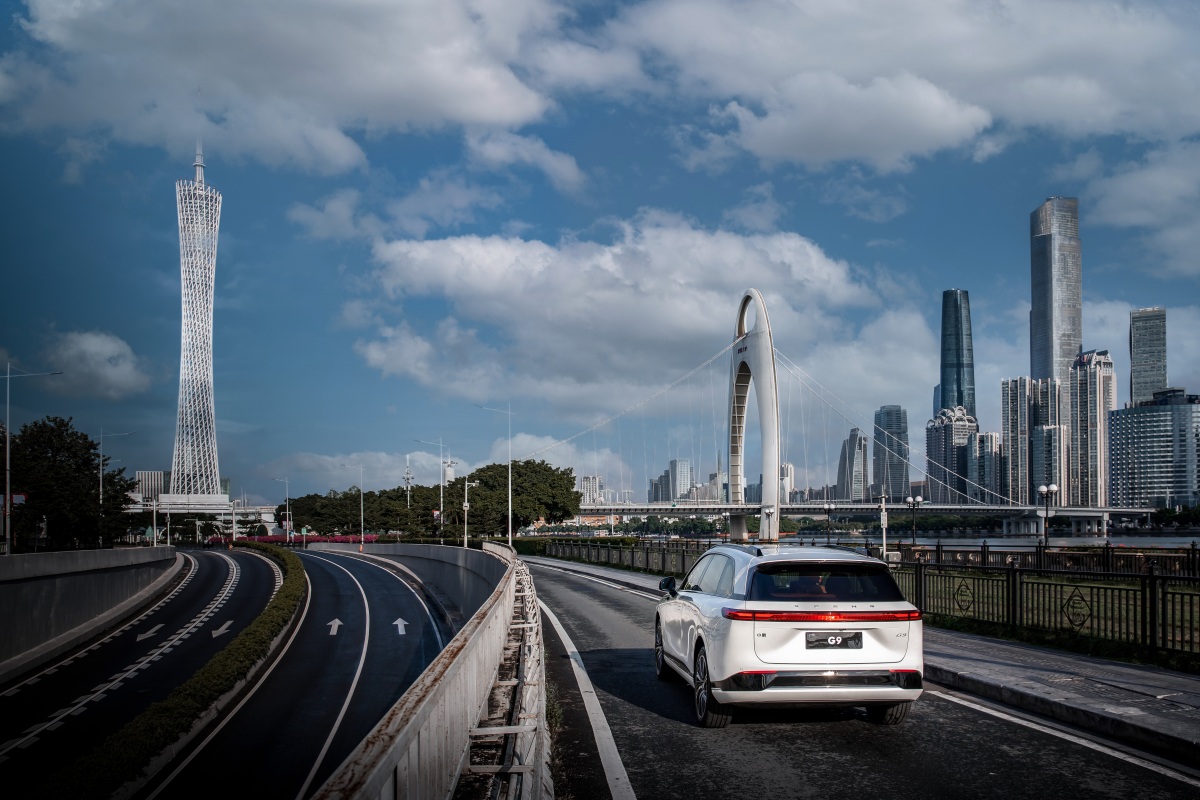XPeng to begin autonomous driving public road tests in Guangzhou • ZebethMedia
XPeng received a permit Monday to begin testing its G9 electric SUV as an autonomous vehicle on public roads in Guangzhou. The company will begin testing a small fleet as soon as possible with a human safety operator in the driver’s seat. This is a milestone for XPeng as it aims to use its vehicles for robotaxi operations in the future.
The G9 is the first mass-produced vehicle to qualify for such tests in China, Xpeng claims. The company is pursuing an approach of using EVs off the shelf for dual purposes — autonomous applications and individual sales — to lower the cost of production and make its vehicles more commercially viable. This is especially salient in the wake of Argo AI’s shutdown, with Ford and Volkswagen pulling their investments in the company in order to prioritize nearer term bets like in-house built advanced driver assistance systems (ADAS).
The news follows XPeng’s announcement at its annual 1024 Tech Day that the G9 passed a government-led autonomous driving closed field test, which made it eligible for approval of further testing.
Most, if not all, current autonomous vehicle operators rely on existing vehicle models that have been retrofitted with hardware and software suites to drive autonomously. In the U.S., Waymo uses Jaguar I-Paces and Cruise uses Chevrolet Bolts.
XPeng’s G9, which was unveiled in September as a passenger vehicle, will be tested for robotaxi applications without any hardware modifications — higher-end versions of the G9 will be built with Nvidia’s Drive Orin chips and rely on 31 sensors, including a front-view camera and dual lidar sensors. That means the vehicle that’s being tested for robotaxi operations is the same vehicle that will be sold to private passengers. The only difference will be in the software.
By early next year, G9s purchased by individuals in Guangzhou, Shenzhen and Shanghai will have the option of downloading XNGP software, which is XPeng’s “full scenario” ADAS that promises to automate highway driving, city driving and parking tasks. The G9s XPeng will use for autonomous vehicle testing will be given an upgrade that allows them to perform Level 4 autonomy. Level 4 autonomy means the vehicle can drive itself without requiring a human safety operator to take over as long as it’s in certain conditions, like a geofenced area or time of day.
XPeng will integrate data from both private passenger vehicles and autonomous test vehicles to continue to operate both systems in parallel, a spokesperson said.
The company aims to test its vehicle for robotaxi applications over the next two to three years as it develops its next generation vehicle, with the goal of launching that by 2025 as one of the options, according to Xinzhou Wu, XPeng’s VP of autonomous driving.
“Hopefully the software will be in good shape by then so we can at least see a limited scenario similar to what Cruise is doing now,” Wu told ZebethMedia.
Wu said that while the new vehicle will have a full sensor suite, it probably won’t come in the form of a purpose-built AV — XPeng for now is sticking with a strategy of using the same mass-produced vehicle for passenger vehicle sales as it does for robotaxi operations.
XPeng also doesn’t intend to run its own robotaxi operation in the future. The company envisions itself as more of a provider of the software, and possibly the hardware, stack for other ride-hail focused companies.
